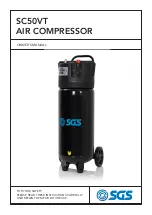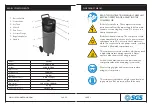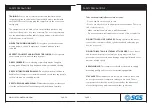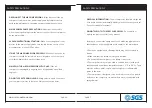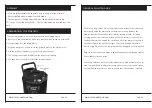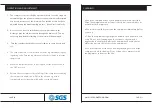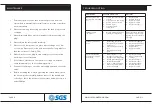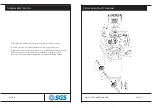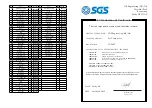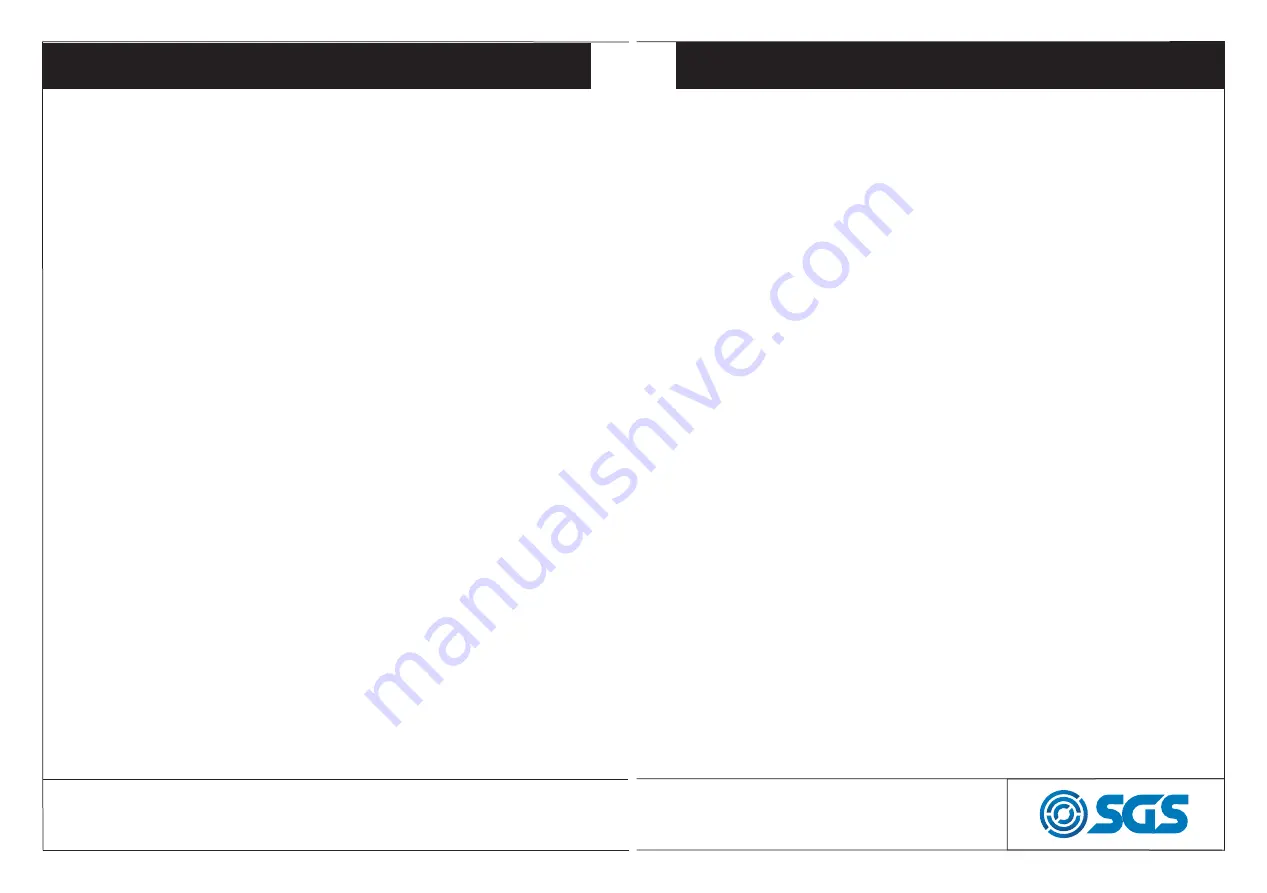
PAGE 7
PAGE 6
DISCONNECT THE AIR COMPRESSOR:
Always disconnect the air
compressor from the mains power supply and decompress before
performing maintenance, changing any parts and when not in use.
MAINS POWER CABLE PRECAUTIONS:
Never pull on the cable
when removing the plug from the mains socket, or lift the compressor
by the mains cable.
AVOID UNINTENTIONAL STARTING:
When connecting the air com-
pressor to the mains supply make sure the red button on top of the
air compressor is in the OFF position.
STORE THE AIR COMPRESSOR PROPERLY:
When not in use the air
compressor should be stored in a secure, dry place out of the reach
of children. Always lock up the storage area.
MAINTAIN THE AIR COMPRESSOR WITH CARE:
If the air
compressor is damaged in any way, have it repaired by a qualified
engineer.
DO NOT USE EXTENSION LEADS:
Using extension leads can cause
your compressor motor to burn out. Only use extension hoses.
DISPOSAL INFORMATION:
The air compressor should be disposed
of in a safe and environmentally friendly manner. Contact your local
Council for disposal assistance.
DO NOT WELD TO THE PRESSURE VESSEL:
Do not weld or
modify the pressure vessel in any manner.
Before you connect the equipment to the mains supply make sure
that the data on the rating plate are identical to the mains data:
• Check the equipment for damage which may have occurred in
transit.
• Make sure that the intake air is dry and dustfree.
• Do not install the compressor in a damp or wet room.
• The compressor may only be used in suitable rooms (with good
ventilation and an ambient temperature from +5 °C to 40 °C). There
must be no dust, acids, vapors, explosive gases or inflammable
gases in the room.
• The compressor is designed to be used in dry rooms. It is prohib-
ited to use the compressor in areas where work is conducted with
sprayed water.
SAFETY PRECAUTIONS
SAFETY PRECAUTIONS
WWW.SGS-ENGINEERING.COM

